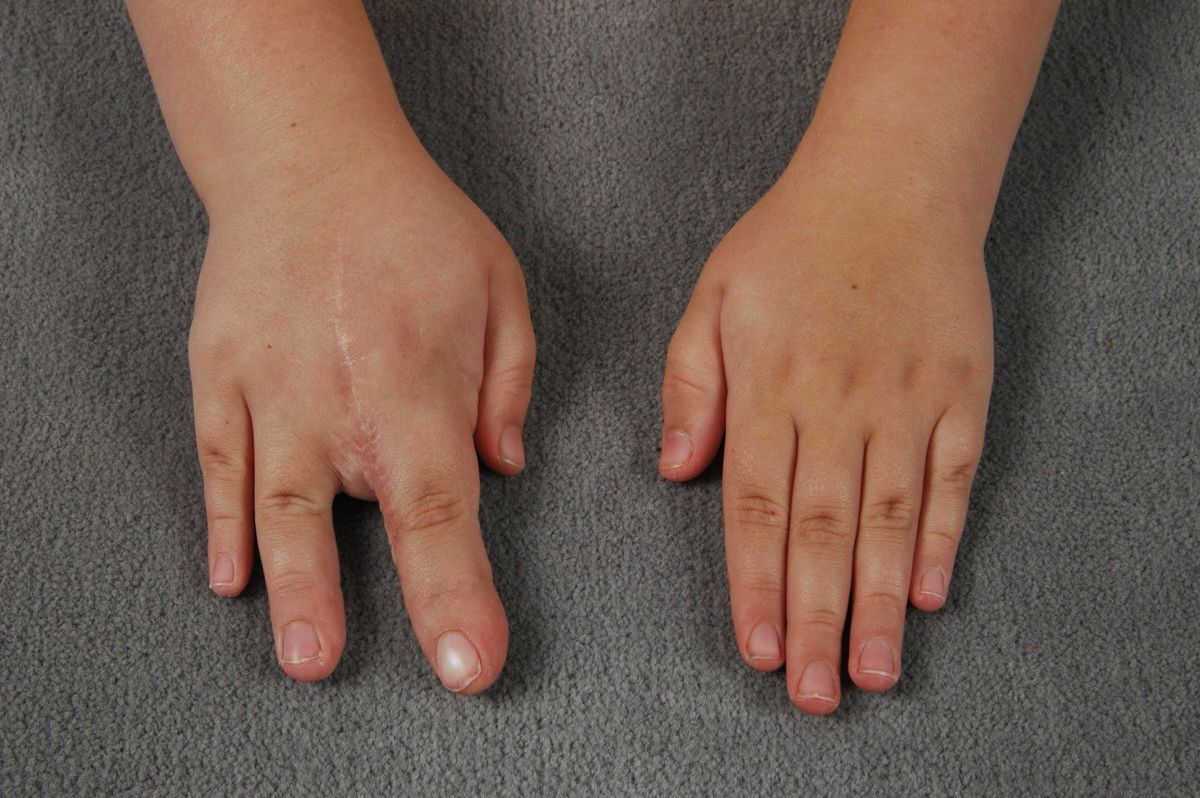
Macrodactyly of the hand is a rare condition where one or more fingers grow abnormally large. This unusual growth can affect both bones and soft tissues, leading to functional and cosmetic concerns. What causes macrodactyly? The exact cause remains unknown, but it is believed to be linked to genetic mutations or abnormal nerve supply. This condition can be present at birth or develop in early childhood. How is it treated? Treatment options vary depending on severity and can include surgery to reduce finger size or improve function. Understanding macrodactyly helps in making informed decisions about care and management.
Key Takeaways:
- Macrodactyly of the hand is a rare condition where fingers grow abnormally large, affecting hand function. Early diagnosis and treatment are crucial for managing this condition effectively.
- Individuals with macrodactyly may face physical and emotional challenges, but ongoing research and advancements in treatment offer hope for improved outcomes and better quality of life.
What is Macrodactyly of the Hand?
Macrodactyly of the hand is a rare congenital condition where one or more fingers are abnormally large due to an overgrowth of bone and soft tissue. This condition can affect hand function and appearance. Here are some intriguing facts about macrodactyly of the hand.
-
Macrodactyly is Rare
This condition is uncommon, occurring in approximately 1 in 100,000 live births. -
Congenital Condition
Macrodactyly is usually present at birth, although it can become more noticeable as the child grows. -
Affects Both Genders
Both boys and girls can be affected by macrodactyly, with no significant gender preference. -
Unilateral or Bilateral
Macrodactyly can affect one hand (unilateral) or both hands (bilateral), though unilateral cases are more common. -
Progressive Growth
The affected fingers often grow faster than the rest of the hand, leading to a significant size difference over time.
Causes and Symptoms
Understanding the causes and symptoms can help in early diagnosis and management of macrodactyly.
-
Unknown Causes
The exact cause of macrodactyly is unknown, but it is believed to be related to genetic mutations or abnormalities during fetal development. -
Associated Conditions
Macrodactyly can be associated with other conditions such as neurofibromatosis and vascular malformations. -
Visible Deformity
The most obvious symptom is the visible enlargement of one or more fingers. -
Functional Impairment
Enlarged fingers can lead to difficulties in hand function, affecting the ability to grasp or manipulate objects. -
Pain and Discomfort
Some individuals may experience pain or discomfort due to the abnormal growth and pressure on surrounding tissues.
Diagnosis and Treatment
Early diagnosis and appropriate treatment are crucial for managing macrodactyly effectively.
-
Physical Examination
Diagnosis typically involves a thorough physical examination by a specialist. -
Imaging Tests
X-rays, MRI, or CT scans may be used to assess the extent of bone and soft tissue overgrowth. -
Surgical Intervention
Surgery is often required to reduce the size of the affected fingers and improve hand function. -
Multiple Surgeries
In some cases, multiple surgeries may be necessary over time to manage the condition effectively. -
Non-Surgical Options
Non-surgical treatments, such as physical therapy and splinting, can help improve hand function and reduce discomfort.
Impact on Daily Life
Macrodactyly can significantly impact an individual's daily life, both physically and emotionally.
-
Self-Esteem Issues
The visible deformity can affect self-esteem, especially in children and adolescents. -
Social Challenges
Individuals with macrodactyly may face social challenges and bullying due to their appearance. -
Adaptation Strategies
Many individuals develop unique strategies to adapt to their condition and perform daily tasks. -
Support Systems
Support from family, friends, and healthcare professionals is crucial for coping with the challenges of macrodactyly. -
Educational Impact
Children with macrodactyly may require special accommodations in school to help them with writing and other hand-related tasks.
Research and Future Directions
Ongoing research aims to improve understanding and treatment of macrodactyly.
-
Genetic Research
Scientists are studying genetic factors that may contribute to the development of macrodactyly. -
Advanced Surgical Techniques
Advancements in surgical techniques are improving outcomes for individuals with macrodactyly. -
Prosthetics and Orthotics
Innovations in prosthetics and orthotics are helping individuals with macrodactyly achieve better hand function. -
Patient Registries
Patient registries are being developed to collect data and improve understanding of macrodactyly. -
Awareness Campaigns
Awareness campaigns are helping to educate the public and reduce stigma associated with macrodactyly.
Final Thoughts on Macrodactyly
Macrodactyly of the hand, though rare, presents unique challenges and considerations. Understanding its causes, symptoms, and treatment options can help those affected make informed decisions. Early diagnosis and intervention are crucial for managing this condition effectively. Surgical options, while complex, offer hope for improved function and appearance. Non-surgical treatments, like physical therapy, can also play a significant role in maintaining hand mobility. Support from healthcare professionals, family, and friends is vital for those navigating life with macrodactyly. Awareness and education about this condition can lead to better outcomes and support for individuals and their families. By staying informed and proactive, those affected by macrodactyly can lead fulfilling lives despite the challenges.
Frequently Asked Questions
Was this page helpful?
Our commitment to delivering trustworthy and engaging content is at the heart of what we do. Each fact on our site is contributed by real users like you, bringing a wealth of diverse insights and information. To ensure the highest standards of accuracy and reliability, our dedicated editors meticulously review each submission. This process guarantees that the facts we share are not only fascinating but also credible. Trust in our commitment to quality and authenticity as you explore and learn with us.
